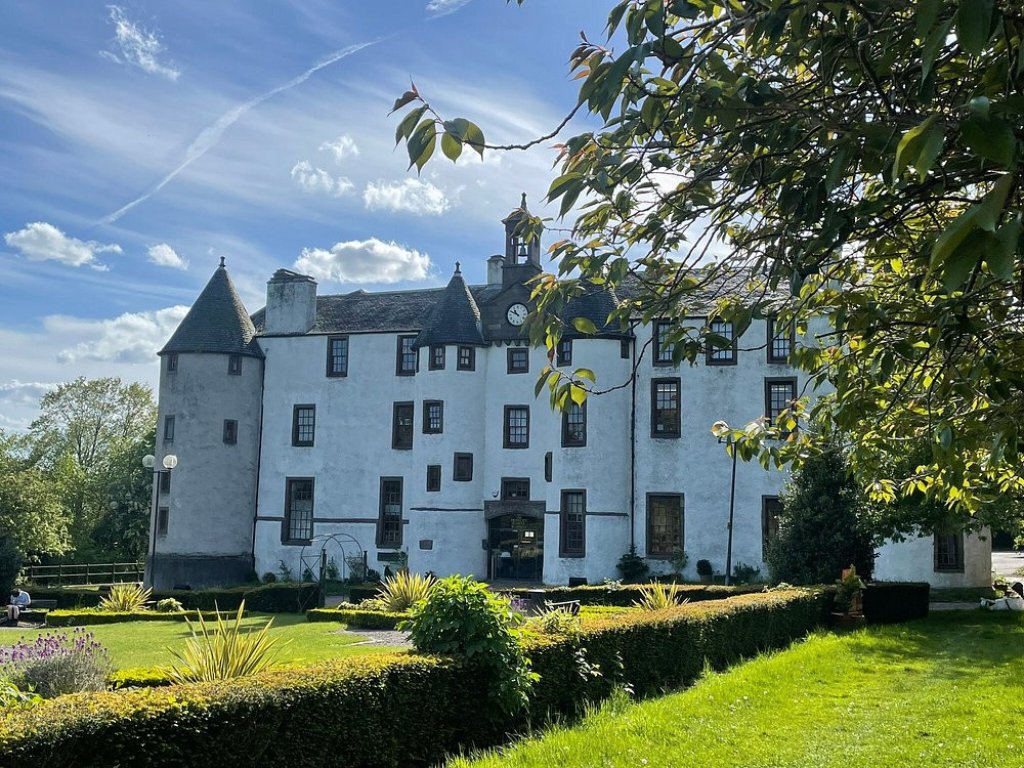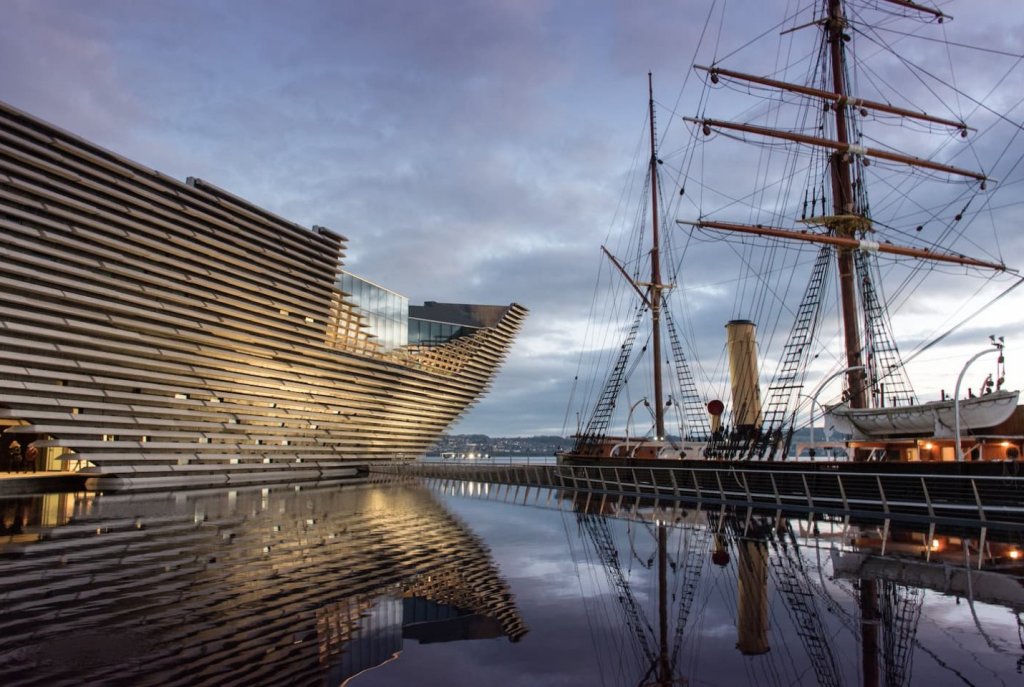
From Jute to Design Capital
Dundee has gone from a workhorse of Victorian industry to one of the UK’s most forward-looking cities, crowned as a UNESCO City of Design
Dundee’s Comeback Story: From Jute to Design Capital
Walk through Dundee today and you’ll feel it straight away, something’s shifted. There’s energy here. A quiet confidence. A city that’s changed its story, not by erasing the past but by reimagining what it means to be proud of it.
For generations, Dundee was known for “jute, jam and journalism”, a snappy little phrase that only scratches the surface of the city’s gritty industrial history. But in recent years, something remarkable has happened. Dundee has gone from a workhorse of Victorian industry to one of the UK’s most forward-looking cities, crowned as a UNESCO City of Design. It’s been called Scotland’s coolest city, a creative hub, a comeback kid. And the best bit? It’s not a makeover. It’s a homegrown revival.
Here’s how it happened.
The Jute Days: Grit and Graft
To understand Dundee’s transformation, you’ve got to go back to its roots. In the 19th century, the city was booming, not because of banking or oil, but because of jute.
Imported from India, jute was spun, woven, and stitched into everything from sacks to sailcloth. At its peak, over 100 mills were running in Dundee, and the industry employed tens of thousands, mainly women. In fact, Dundee had such a high proportion of female workers, local lads were nicknamed “kettle bilers” because they stayed at home while their wives worked the looms.
It was hard, noisy, dangerous work. But it powered the city. Add in Keiller’s marmalade (the “jam”) and DC Thomson’s publishing empire (the “journalism”), and you had a tough, self-made city that was punching well above its weight.
But then, like so many industrial towns, the decline came. Slowly at first, then all at once. The jute mills shut down. Jobs vanished. The waterfront grew quiet. By the 1980s, Dundee had lost its swagger. The headlines weren’t about invention or industry anymore. They were about poverty, addiction, and high unemployment.
And then, somehow, things began to turn.
Planting Seeds for a New Story
The comeback didn’t happen overnight. It started with small things: ideas, conversations, spaces where people could try something different.
The two universities, Dundee and Abertay, played a huge role. They weren’t just academic institutions; they were idea factories. Dundee was one of the first places in the UK to take video games seriously as an art form and career path. In the 90s, Lemmings and Grand Theft Auto were born here, and a generation of coders, artists and storytellers realised they could stay in Dundee and do world-class work.
Meanwhile, creative graduates from Duncan of Jordanstone College of Art & Design were quietly building studios, collectives, and projects that gave the city a new flavour. Printmakers, animators, illustrators, product designers, they weren’t shouting about it, but they were changing Dundee’s cultural DNA.
Bit by bit, a new identity took shape. Not one that ignored the past, but one that built on it. Where once there were looms and linen, now there were pixels and prototypes.
The V&A Moment: A City Looks Forward
Then came the big swing.
In 2018, the V&A Dundee opened its doors, the first V&A museum outside of London, and a symbol of how far the city had come. Designed by Japanese architect Kengo Kuma, the building is pure drama, bold concrete curves inspired by sea cliffs, jutting out over the Tay like something out of science fiction.
It was more than a museum. It was a statement. Dundee was no longer just a city of the past; it was a city of design, recognised on the world stage.
The impact rippled out. New public spaces, a redesigned waterfront, and a fresh pride in what the city could offer. Locals started to talk differently. Not in rose-tinted clichés, but in grounded, hopeful tones. “We’ve got something here,” they’d say. “People are starting to notice.”
V&A Dundee
We are Scotland’s design museum. Designed for everyone, firing imaginations and sparking curiosity in design across Scotland and around the world.
What Does It Mean to Be a City of Design?
In 2014, Dundee was named a UNESCO City of Design, the first in the UK. That puts it in the same club as cities like Berlin, Helsinki and Montreal. But it’s not just about architecture or galleries.
In Dundee, design means solving problems. It means inclusion, collaboration and creativity. It’s in the way a new playground is built with input from local families. It’s in the indie game studios using storytelling to talk about mental health. It’s in the city council’s digital services, redesigned to make life easier for everyone.
Design, here, is about people. Which makes sense, because it’s people who’ve driven the comeback from the start.
The Local Feel: Pride With a Bit of Sass
So how do locals feel about the new Dundee?
The answer’s a bit of a shrug, in the best possible way. Dundonians aren’t flashy. They’re proud, but they don’t like fuss. They’ll tell you about their city over a pint, not a press release.
Ask someone in a pub about the V&A and you might hear, “Aye, it’s no’ bad. Bit weird-looking, mind.” But that’s affection. That’s ownership. They know the journey the city’s been on. They’ve lived it.
And what makes it special is that the change didn’t come from a top-down plan. It came from the people who stayed. The ones who kept writing, coding, printing, painting, organising, teaching, and building.
Why Dundee?
Dundee’s story isn’t one of erasing the past. It’s one of the evolutions. A city that made things is still making things, just different ones. And it’s doing it with style, resilience, and a surprising amount of heart.
So come and see the V&A. Take a walk along the waterfront. Explore the creative corners of the city. But know this: you’re not just visiting a design capital. You’re stepping into a city that remade itself and is still writing its next chapter.



